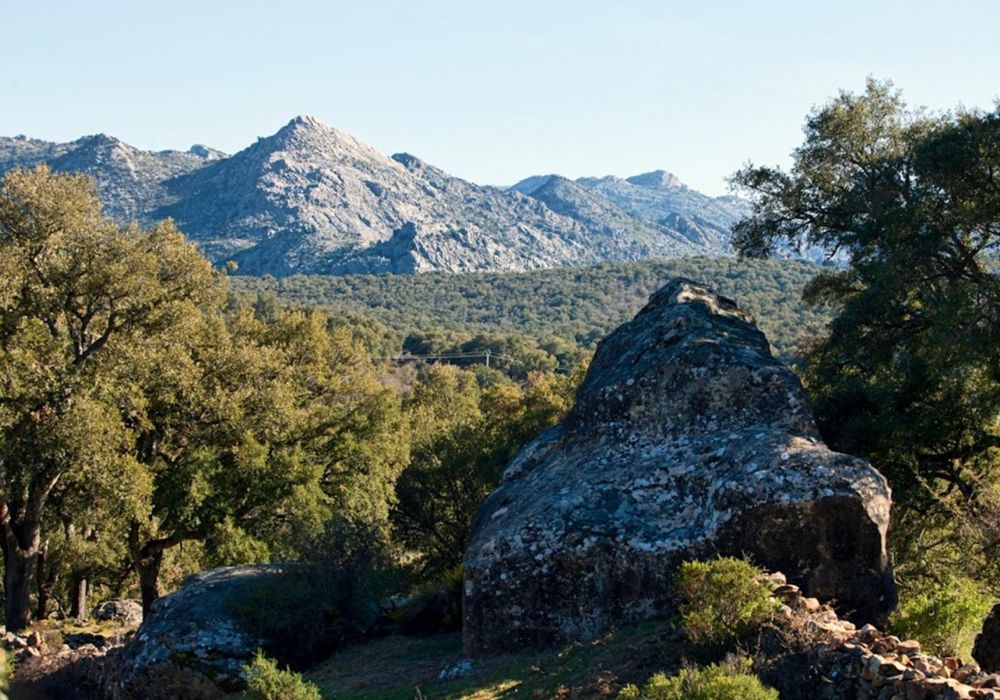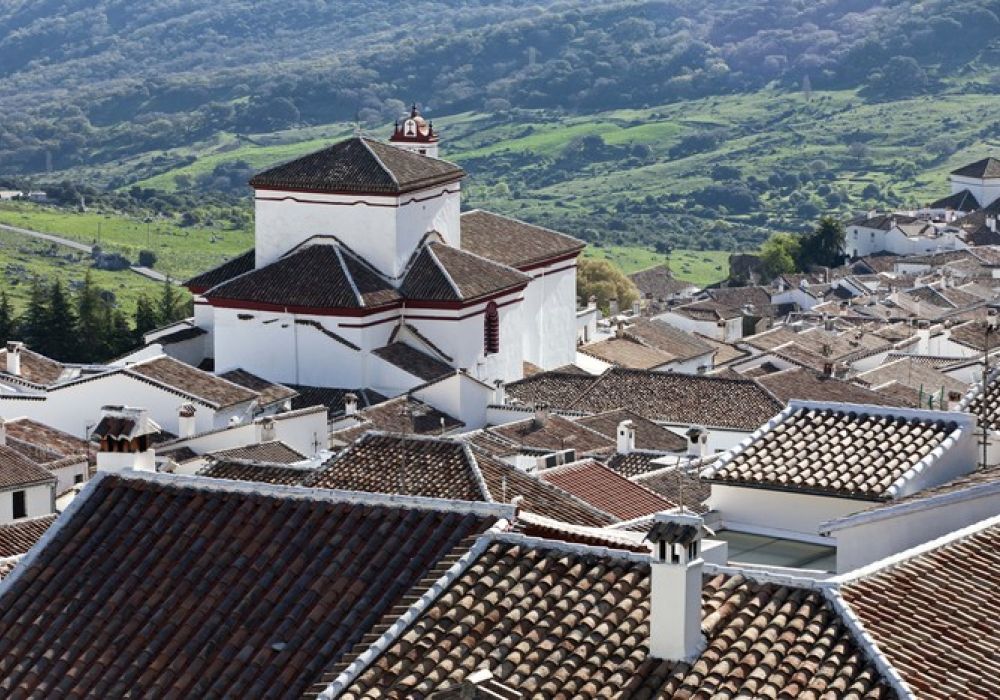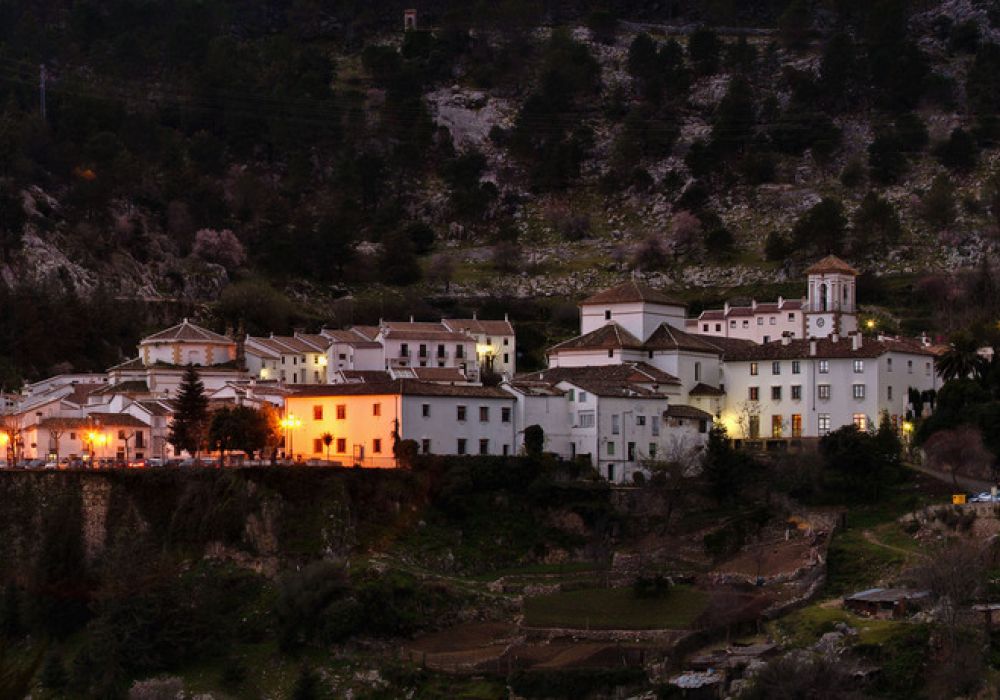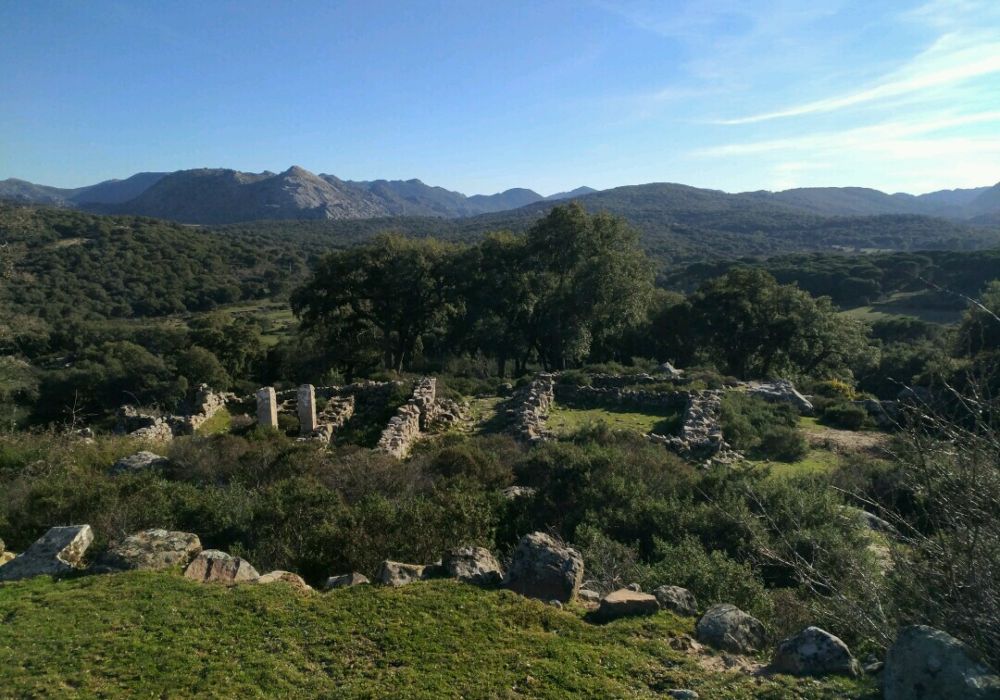Nature and History

Tambor del Llano at the heart of Grazalema’s Nature Park
Tambor del Llano is a 32-hectare state about 800m. high at the heart of Grazalema Nature Park. The Park spans more than 53.000 ha between Cadiz and Malaga. It was declared a Biosphere Reserve already in 1977. These forests are among the best preserved and more biodiverse in Europe, hosting more than 1,500 plant and animal species, some of which are unique to this area–such as the beautiful Spanish fir.
The landscapes alternate cork-oak trees with open valleys cut by spectacular limestone sierras. The mountains are traversed by paths linking the white towns and full of legends and traditions.
The Park is a Special Protection Area for Birds and a part of the European Union’s Red Natura 2000, designed to protect biodiverse habitats and migratory passes.

Serranía de Ronda's White Towns
The white towns peppering the sierras of Cadiz and Malaga form a picturesque region where natural and cultural heritage merge. These towns sit in the hills and offer a very characteristic architecture amidst astonishing views. The typical Andalusian houses are whitewashed and separated by narrow and recondite streets.

Tambor del Llano and Grazalema’s history
There are documented settings in this area since prehistoric times, but Grazalema entered history with Roman colonization. Scipio grounded the town of Lacilbula–the Roman name for the Guadalete river was Cilibus. It was a fortified camp in Clavijo, to be later refunded by the Muslims as Great Zulema and conquered in 1485 by the Duque de Arcos for the Christian kingdom of Castille.
A history linked to wool and cheese.
From the 17th and 19th centuries, Grazalema experienced a sort of economic book thanks to wool production and textiles. Grazalema gets a lot of rain water, and this is one of the reasons behind the rare quality of the Grazalema blanket, which was washable and thus highly valued.
From the 19th century onwards, industrialization put many of Grazalema’s artisans out of business and many locals emigrated looking for jobs. Nowadays, Artesania Textil de Grazalema is the only company producing Grazalema blankets. It is the oldest crafts company in Spain.
Grazalema’s area is also known for ist famous payoyo cheese, which has received many international awards for artisanal cheese.

Tambor del Llano and the Tempranillo legend
In the upper part of state there are some ruins known by the locals as José María houses. It is possible that they once belonged to the famous bandolero José María Hinojonsa, El Tempranillo.
A traffic and romantic legend says that the Migueletes–a special police corps created by king Ferdinand 7th to stop the bandoleros–attacked el Tempranillo at his house, where his wife was about to have a child. She died in the cross-fire, but the baby survived. El Tempranillo fled, carrying on his horse with his child and with his wife’s corpse, which he brought the next day to her family in Grazalema. From that day in 1832, El Tempranillo’s name is remembered in the village.

Tambor del Llano, a land of wineries
Grazalema has a century-long wine-making tradition, documented at least since 1720. The terraces made on the hills are still visible. In recent years there are several projects to recover Grazalema wine, often using existing grape varieties preserved throughout the years by small local farms. The result is a recognizable flavory wine.
Tambor del llano:
Enjoy nature in one of Spain’s most beautiful and unique spaces.


Visit us
Alto de Los Alamillos. Cañada Grande 11610, Grazalema (Cádiz)
Andalusia Tourism Registry RTA : H/CA/01403

